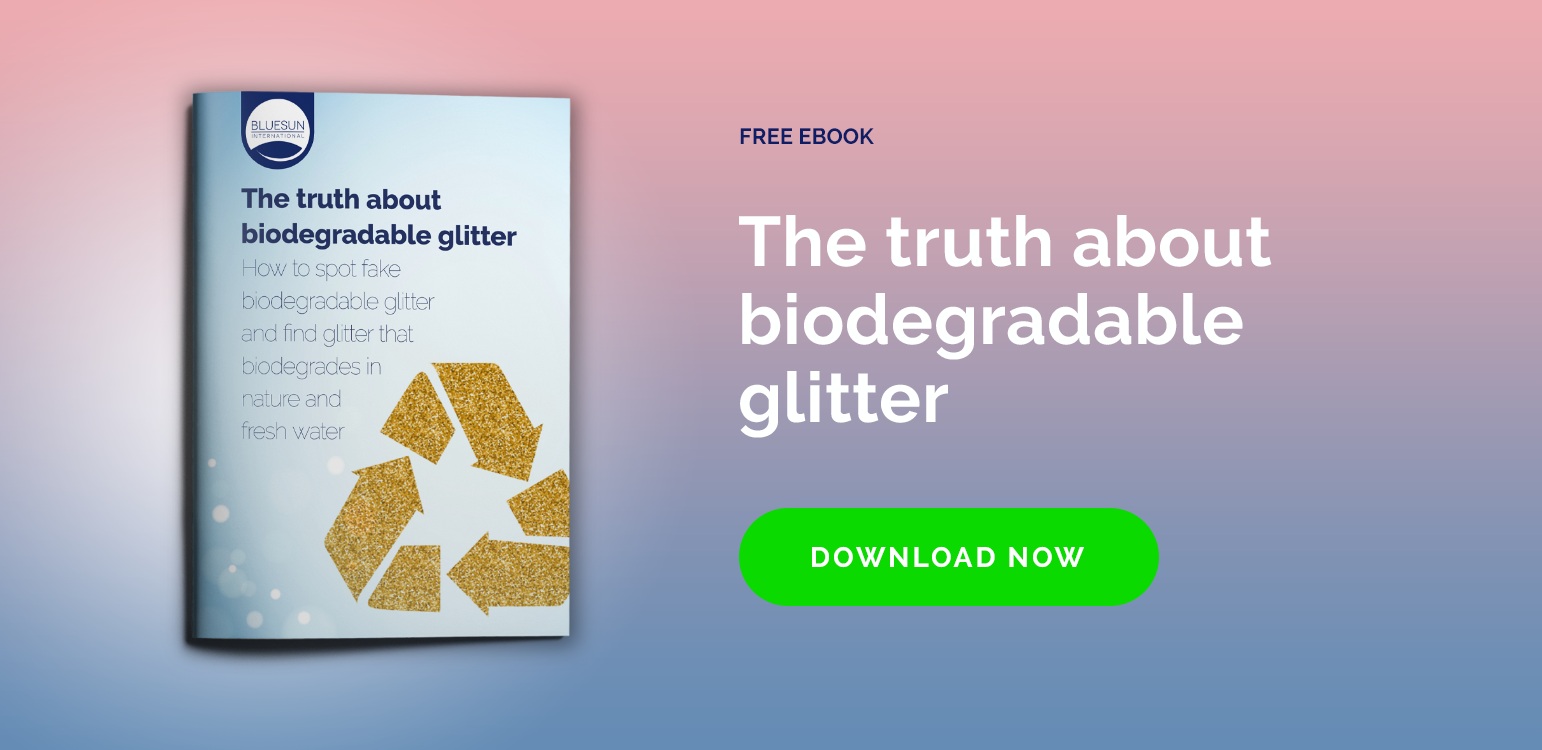The Sidney’s Mardi Gras is putting plastic glitter on the spotlight as a ban is being gradually implemented on the popular cosmetic.
Can you imagine festivals and carnivals without the sparkly costumes and shiny looks of the crowd? This may happen soon as organizers of one of the world’s most important parades are phasing out the use of single-use plastics (that includes plastic glitters). It may cause a huge impact on the partygoers, but there might be some alternatives to continue with the fun, including biodegradable cosmetic glitter.
What are the organizers proposing?
Instead of glitter, they are encouraging the use of light-reflecting materials, including;
-
Fairy lights
-
Lanterns
-
Fluorescent paints
But the festival crowds do not want to give up glitter. The manufacturers and festival goers are actively looking for a solution. Glitter gets a lot of attention. Glitter needs to be naturally biodegradable.
Environmentally friendly solution
In order to tackle this issue, the glitter industry is coming up with new products that may be the solution, but experts consider it takes a special kind of glitter to actually help the environment.
Regardless of what many people say, compostable glitter does not biodegrade in nature. It is not enough that a glitter is biodegradable; it has to be naturally biodegradable. That means that it has to pass the fresh water test.
The cost of the solution
This represents a problem for people who care about the environment but also love glitter. Many resources have to be invested for a glitter to pass the water test. This will result in an increase on the final price of the product.
A kilo of regular cosmetic grade glitter (which is very bad for the environment) costs between $4 and $7, a naturally biodegradable glitter is much more expensive.
Another problem is that, unless you touch it, no one can really tell the difference between a regular glitter and a naturally biodegradable cosmetic glitter. They look just the same, so people do not see the point of paying much more for a product that appears to be the same as a cheaper one. Once you feel it on your skin naturally biodegradable glitter is softer. For instance Bioglitter Sparkle is 30-40% softer than other types of glitter.
It’s hard for the industry to keep its head above the water, but the mission is to spread more awareness of single-use plastics and provide evidence of natural biodegradability in the new glitter being produced.
A naturally biodegradable solution
An automatic and unthinking reaction against glitter cannot be the solution. It has been proven so many times that a ban is not the end of the people’s desire for certain products. People love glitter and they will always look for any way to get it.
The solution is to make the naturally biodegradable glitter more available to the general public, and this includes the price. There are companies like Blue Sun and Today Glitter that aim to achieve this availability. Only time will tell if they succeed, but there is hope being offered for lovers of glitter that know regular plastic glitter is very harmful to the environment.


![Free ebook: The truth about biodegradable glitter [Click here and download now]](https://no-cache.hubspot.com/cta/default/4020212/b9c13b96-3024-4b35-9af9-cbd44d84ec15.png)


